

Master Artisans Fight to Move the Needle
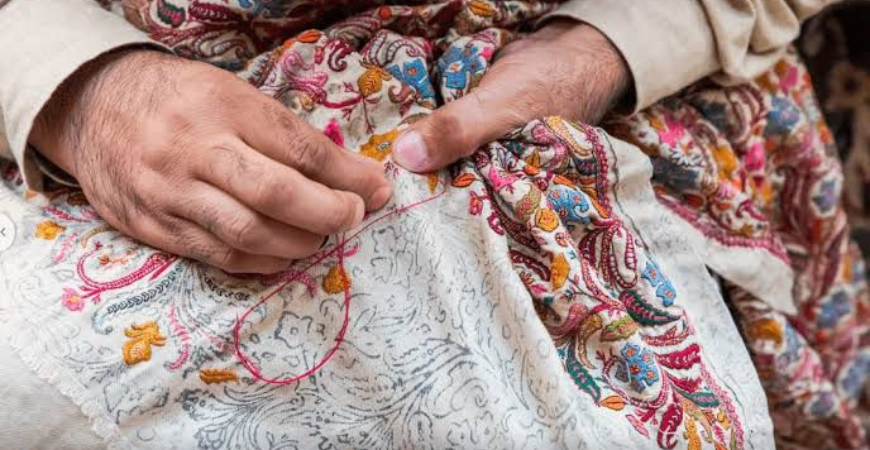

05 Nov 2024
Master Artisans Fight to Move the Needle
Kashida embroidery, a traditional craft that dates back to the 15th century in Kashmir, is a symbol of the region's rich cultural heritage. Flourishing under the patronage of Zain-ul-Abidin during the reign of the Shah Mir dynasty, this art form has been passed down through generations.
Known for its intricate designs and motifs, such as chinar leaves, blossoms, and paisleys, Kashida embroidery is celebrated for its beauty and symbolism, representing renewal, fertility, and abundance. However, despite its historical significance, Kashida is now facing an existential threat.
The rise of large-scale factory production has posed a significant challenge to artisans who rely on traditional methods. The meticulous craft involves sketching detailed designs on fabric, which are then filled with hand-stitched patterns. The use of colored threads and a variety of textures brings these designs to life, making each piece unique. But this slow, labor-intensive process is struggling to compete with modern, faster manufacturing techniques that prioritize quantity over quality. As a result, Kashida artisans are finding it increasingly difficult to sustain their livelihoods.
Artisans like Noorullah, a craftsman from Khwaja Bazar in Kashmir, come from families with deep roots in the tradition. Noorullah has spent his life perfecting Kashida embroidery, but he faces a common problem—his children, like many in the younger generation, are not interested in continuing the family trade. They prefer to pursue modern careers, leaving the future of this ancient craft uncertain. Noorullah believes that with adequate government support, Kashida can be preserved and passed on to the next generation. Without such assistance, however, the craft may be lost.
There are still some artisans and advocates determined to keep Kashida alive. Beigh, an artisan from Srinagar, has devoted decades to mastering Kashidakari. He learned the craft from a local artisan in his neighborhood at the age of seven and continues to practice it even as market conditions become increasingly challenging. Beigh notes that changes in customer preferences, coupled with a lack of sufficient government support, are key factors behind the craft’s decline. Despite these challenges, initiatives such as exhibitions, workshops, and awareness campaigns aim to revive interest in the art form and showcase its value.
One potential solution to ensure Kashida's survival is the acquisition of Geographical Indication (GI) tags for the craft and other Kashmiri handicrafts. GI tags would certify the authenticity and uniqueness of Kashida embroidery, helping to distinguish it from mass-produced imitations. This recognition could boost the market value of Kashida, making it more competitive globally and providing a lifeline for artisans.
In conclusion, Kashida embroidery, a craft rich in history and cultural significance, is at a crossroads. Efforts to revive the art through exhibitions, awareness campaigns, and the pursuit of GI tags offer hope for its preservation. However, without meaningful support, this centuries-old tradition may fade away, along with the livelihoods of the artisans who keep it alive.
Article inspired by Times of India, dt. September 30, 2024 (Monday)
https://toistudent.timesofindia.indiatimes.com/news/top-news/master-artisans-fight-to-move-the-needle/84838.html
Leave a Reply
Explore by Categories
Most Viewed Blogs
Tags
State







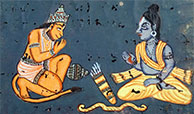




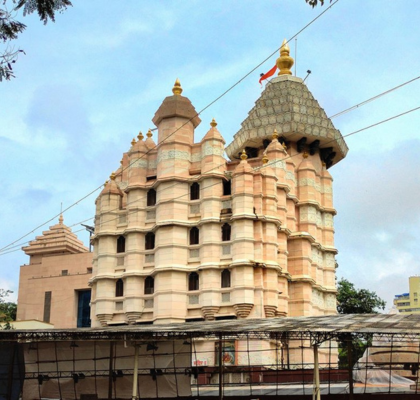

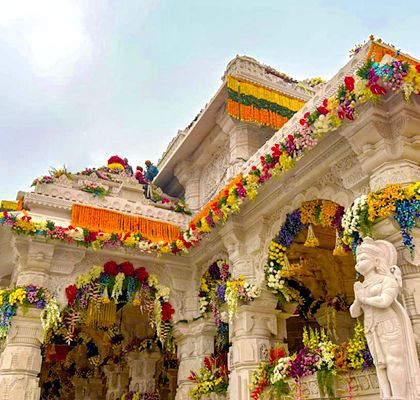
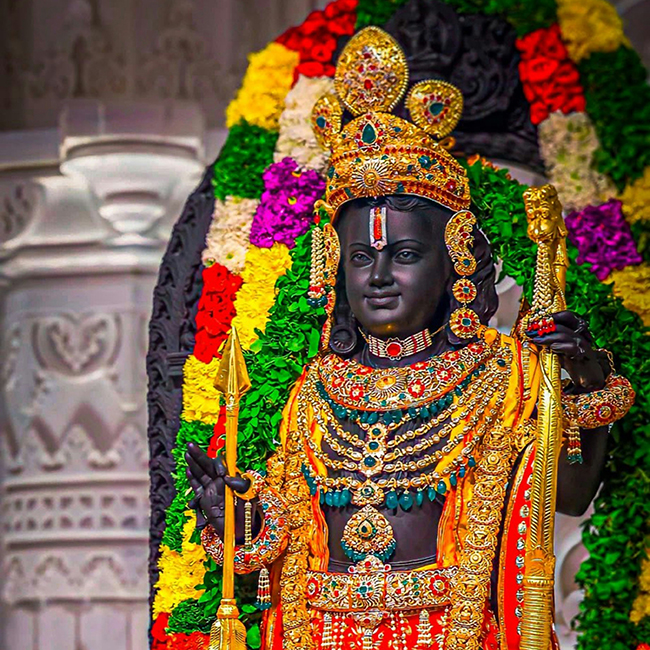
.jpg)


